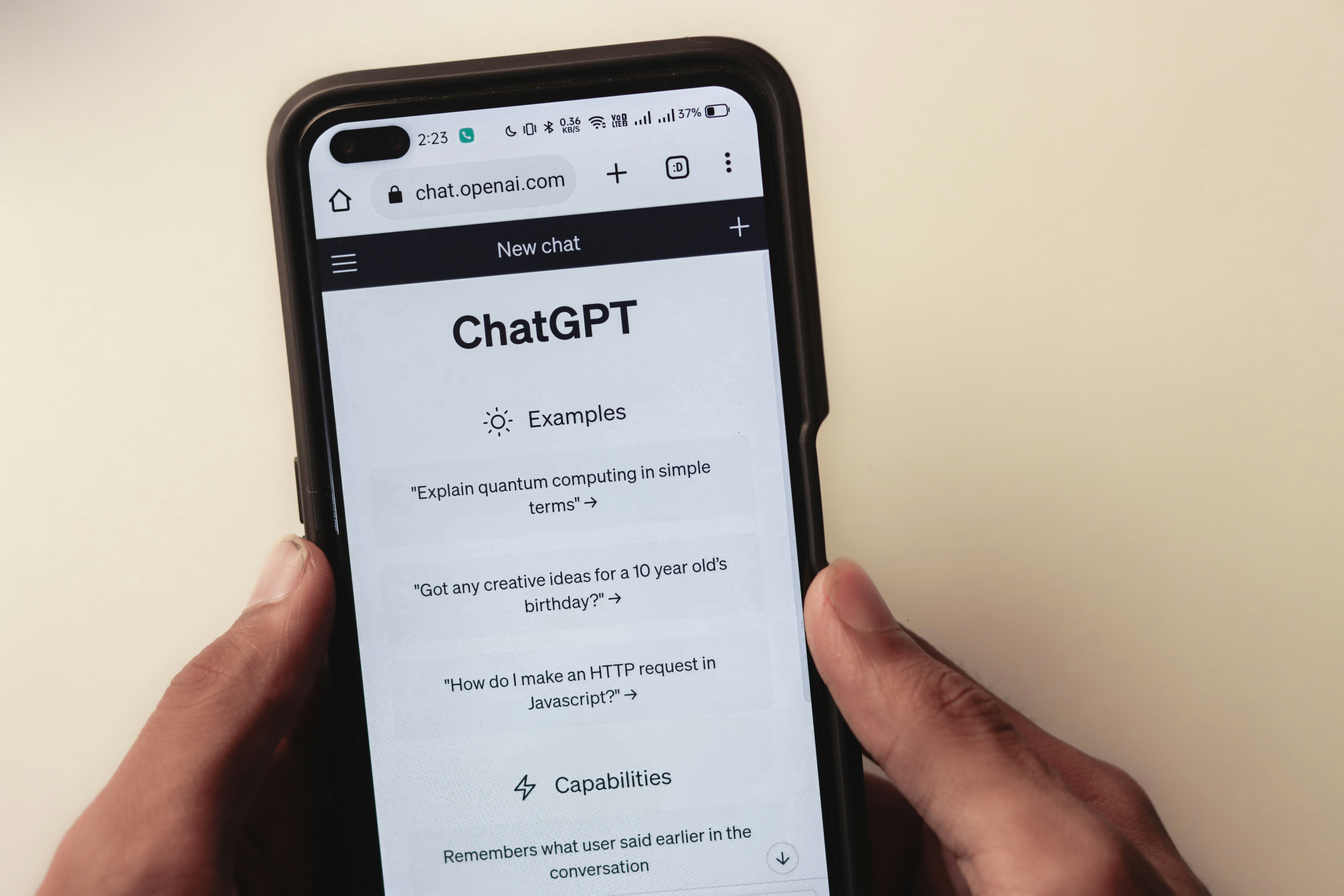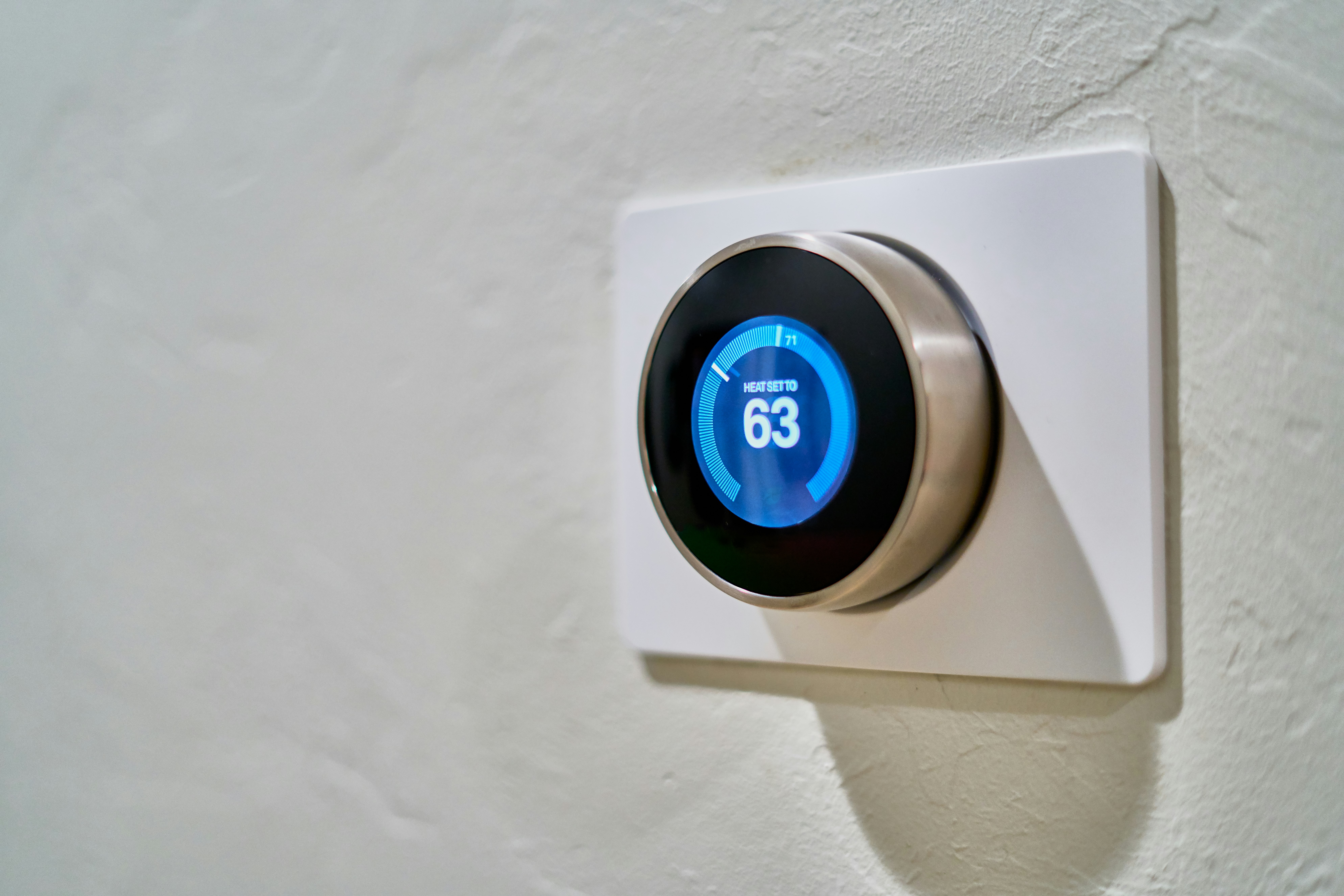Most of the newsletters Wilmer has created since becoming a professional wordsmith nearly 30 years ago have been on paper rather than the electronic variety. “People get so much stuff via email and it seems a newsletter lends itself to the print format. It can be read and re-read,” she says.
How to make your newsletter pop
Over the years, Wilmer has created countless newsletters for arts groups, advocacy organizations and churches, to name a few. Her in-depth experience in the medium has helped her cultivate several suggestions about how to make a newsletter relevant and interesting. Among them are:
- Keep content timely
- Utilize eye-catching graphics to capture attention
- Balance the use of color so the newsletter isn’t too loud
- Remember the newsletter’s target audience when creating content
- Use paper that’s heavy enough to go through the U.S. mail
Wilmer also says a four-page newsletter, folded in half twice, is the ideal size. That’s because it’s large enough to present necessary information while also being small enough for the reader to carry it with them. Perhaps it’s because of her profession, but Wilmer has been known to carry several newsletters with her when she runs errands or waits at the doctor’s office so she can read them while waiting.
Another suggestion is not to publish a letter from the organization’s CEO or leader on the newsletter’s front page. “Sometimes what a CEO has to say is commentary and not really news,” she says. Timely content is of paramount importance for such a prominent space in a newsletter.
Fulfilling a newsletter’s purpose
Although it might seem like common sense, it’s important to retain the mission of the newsletter in the forefront when creating it so it accomplishes what it’s supposed to.
For example, a newsletter “keeps the channels of communication open between your company and your target audience. It’s keep your (company’s) name in front of people,” says Wilmer.
As for people who consider themselves do-it-yourselfers, Wilmer cautions creating a viable newsletter is more complicated than it might look. Graphics, spacing, fonts and font sizes, page continuations and paper color and quality are all important considerations when creating a newsletter. “Know your target audience” and aim the newsletter at them to ensure it is an anticipated and relied-upon communication by its recipients, says Wilmer.
Tami Kamin Meyer is an Ohio attorney and freelance writer who may be reached at This email address is being protected from spambots. You need JavaScript enabled to view it..





























 In this day of electronic everything, it might seem incredible that newsletters created on paper and distributed via (gasp!) the U.S. mail continue to exist. However, according to Ann Wilmer, owner of Maryland-based Capital Letters, old-fashioned newsletters continue to serve as important tools of communication for many organizations.
In this day of electronic everything, it might seem incredible that newsletters created on paper and distributed via (gasp!) the U.S. mail continue to exist. However, according to Ann Wilmer, owner of Maryland-based Capital Letters, old-fashioned newsletters continue to serve as important tools of communication for many organizations. 